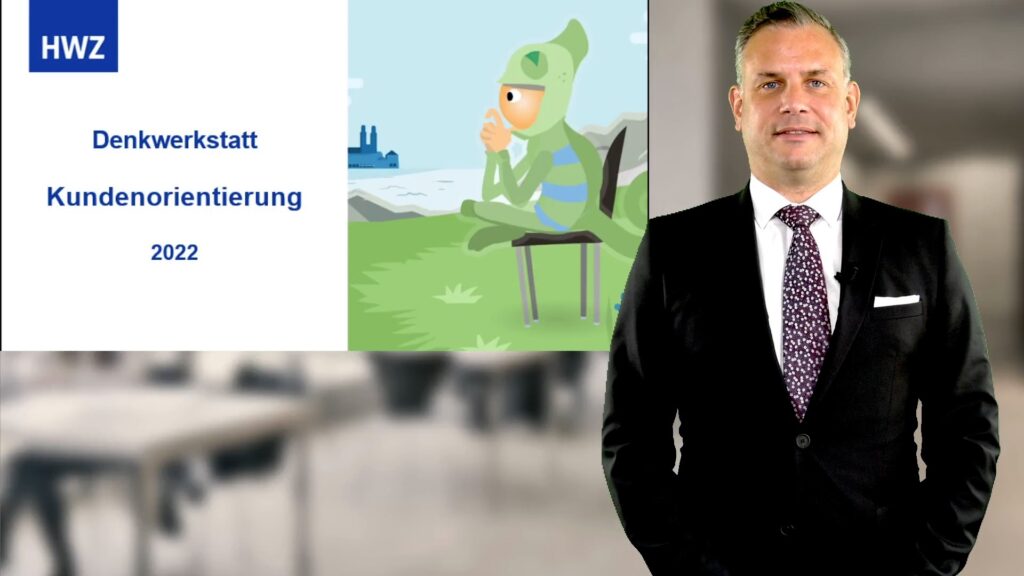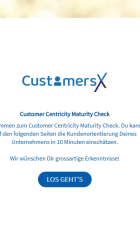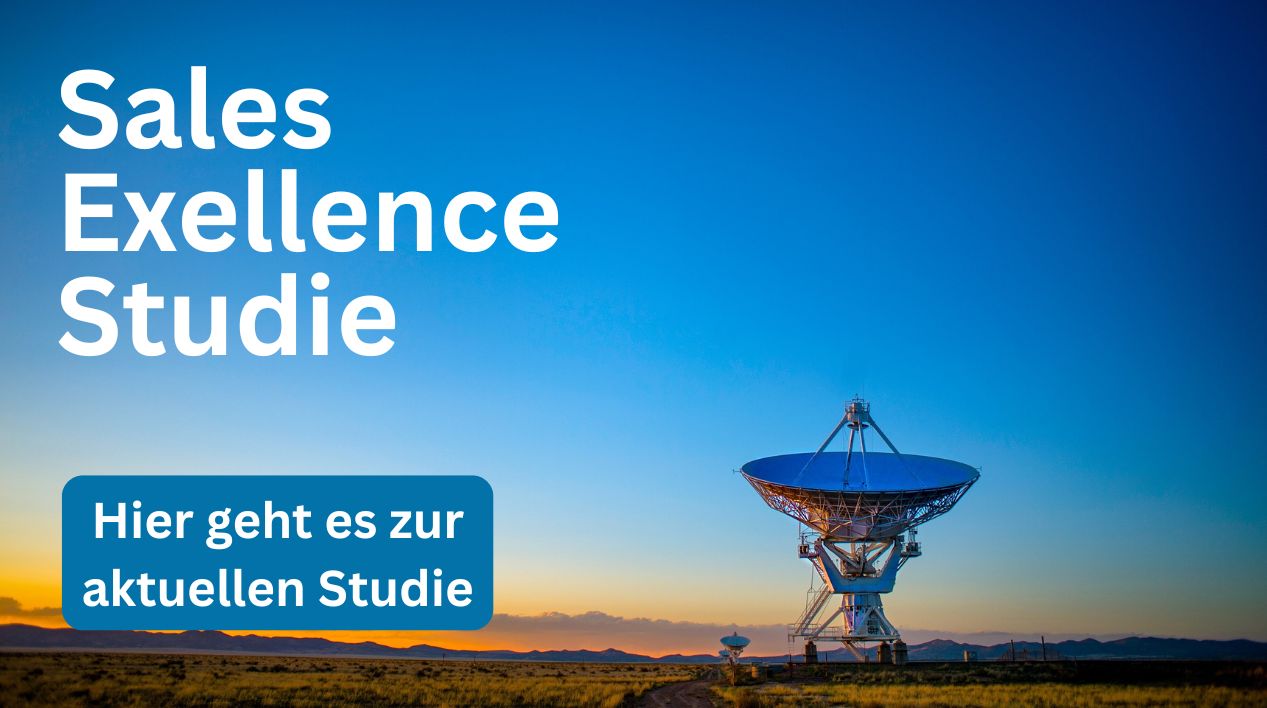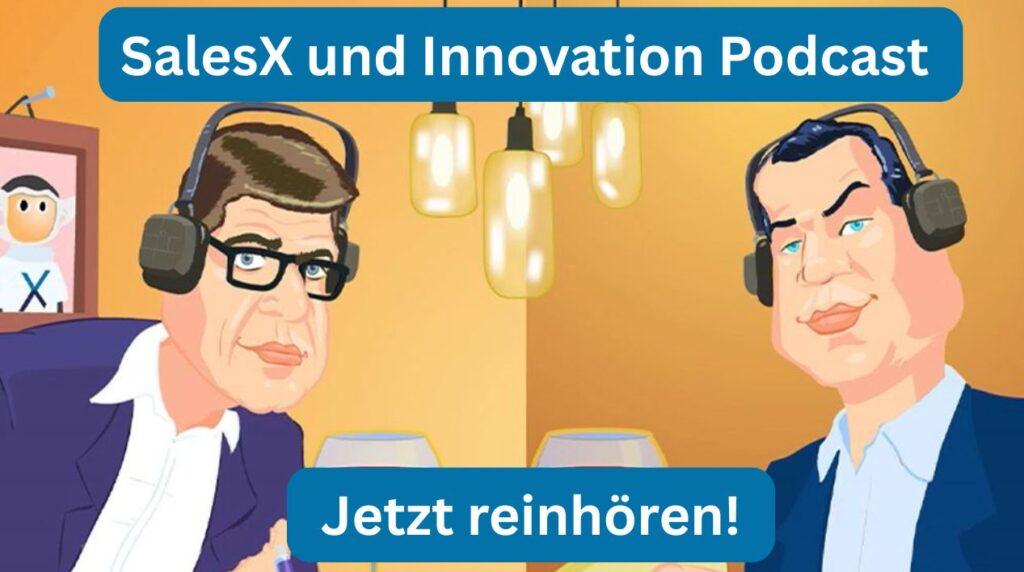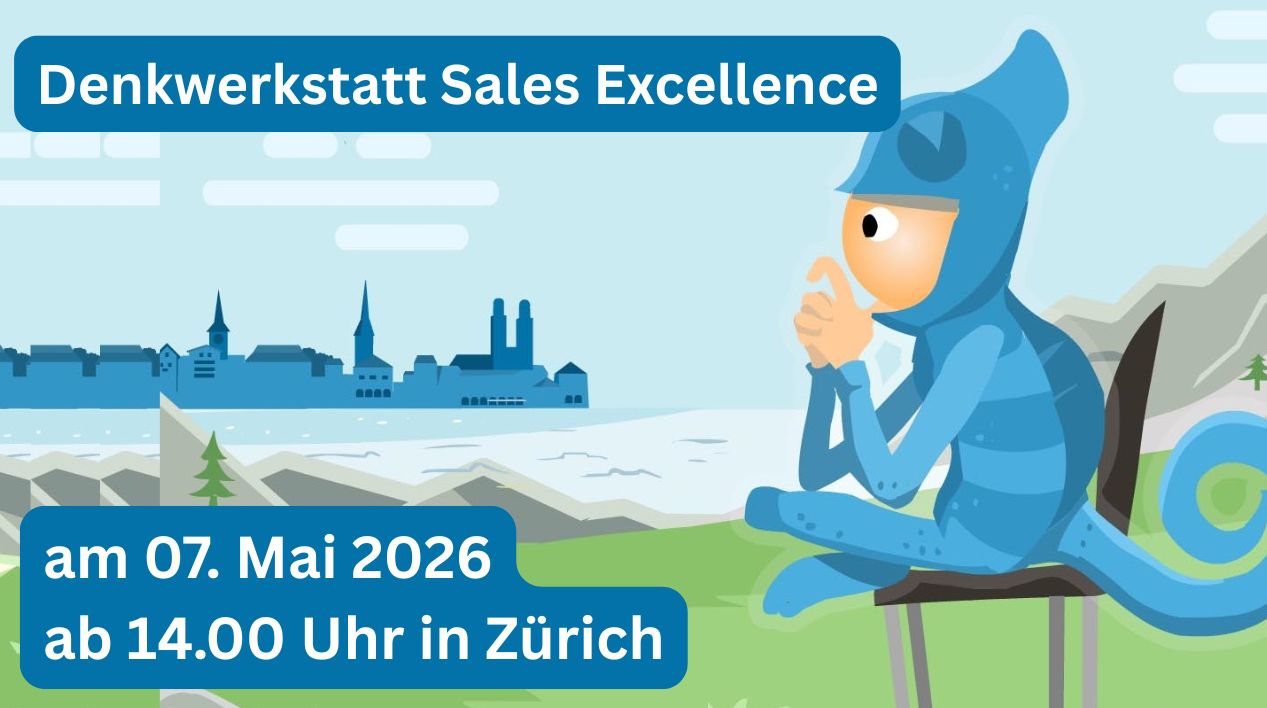The Customer Centricity Think Tank 2022 was conducted in collaboration with the Center for Sales & Retail at the HWZ. The name Denkwerkstatt is the program. After a brief introduction to our approach to customer centricity, the topic of customer centricity was explored in greater depth from a B2B perspective (Palfinger) and a B2C perspective (Helvetia).
The first presentation of the Think Tank Customer Centricity 2022 was given by Eliana Wüst (formerly Customer Centricity / Helvetia). She elaborated on the different methods used to strengthen customer focus. In doing so, she put a big focus on design thinking. Companies need more iterative processes instead of traditional linear planning to strengthen customer focus, in order to successfully leverage customer insights into the development of differentiating experiences. Eliana Wüst addressed the many organizational challenges of implementing methods. Comprehensive training, especially across several departmental boundaries, is a high priority for them.
The second presentation of the Think Tank Customer Centricity 2022 was given by Gudula Feichtinger (Customer Centricity / Palfinger Group). She addressed the topic of customer centricity and innovation. Her presentation shows how challenging it is for companies to strengthen their customer centricity. Many companies therefore try to carry out initial projects in small units or in the “outskirts” of the company. However, this approach quickly hits a dead end after initial success. Thus, she recommended starting at the core of the company to strengthen customer centricity. In addition, Gudula Feichtinger addressed the extraction of customer data in the innovation process. This can be a challenge for many B2B companies, as there is usually no customer data from the end customers at all. She also concluded her presentation with the assessment that strengthening customer centricity is still a major challenge in many companies.
Both presentations illuminated customer centricity from very different perspectives. It quickly became apparent that the respective company or industry does not have such a large influence on the strength of customer centricity. Ultimately, the same success factors for improving customer centricity apply to all companies. Executive commitment, value-based intelligence, co-creation, and continuous transformation to successfully adapt to changing customer buying behaviors.
In the last part of the Think Tank Customer Centricity 2022, the most important success factors of customer orientation were discussed by the participants in three workshop tracks. The think tank should not only present, but also enable the active involvement of the participants. The participants had previously assessed the customer centricity of their own company using our Customer Centricity Maturity Check.
In the area of customer value-based decision making, the use of a powerful customer value model and segmentation were mentioned. Here, both factors are connected. Every company needs multiple segmentations. The respective integration of customer value as an axis of segmentation can thus ensure value-based decision-making as well as alignment between the different departments.
In the area of customer-centric transformation, culture and processes were named as key success factors. As in the presentations, the high importance of the management’s commitment to the topic of customer centricity was addressed. In addition, customer experiences must always be understood as processes. This must be continuously improved.
In the area of co-creation, the incentive system and the use for sales and service were addressed. The involvement of customers in the decisions of the respective company is usually only carried out on an ad-hoc basis. Long-term plans with optimal incentive systems for customer integration are often lacking. In addition, co-creation is still used far too rarely in the areas of sales and service.
We would like to thank the two speakers for their great interest and are already looking forward to the Think Tank Customer Centricity 2023.

